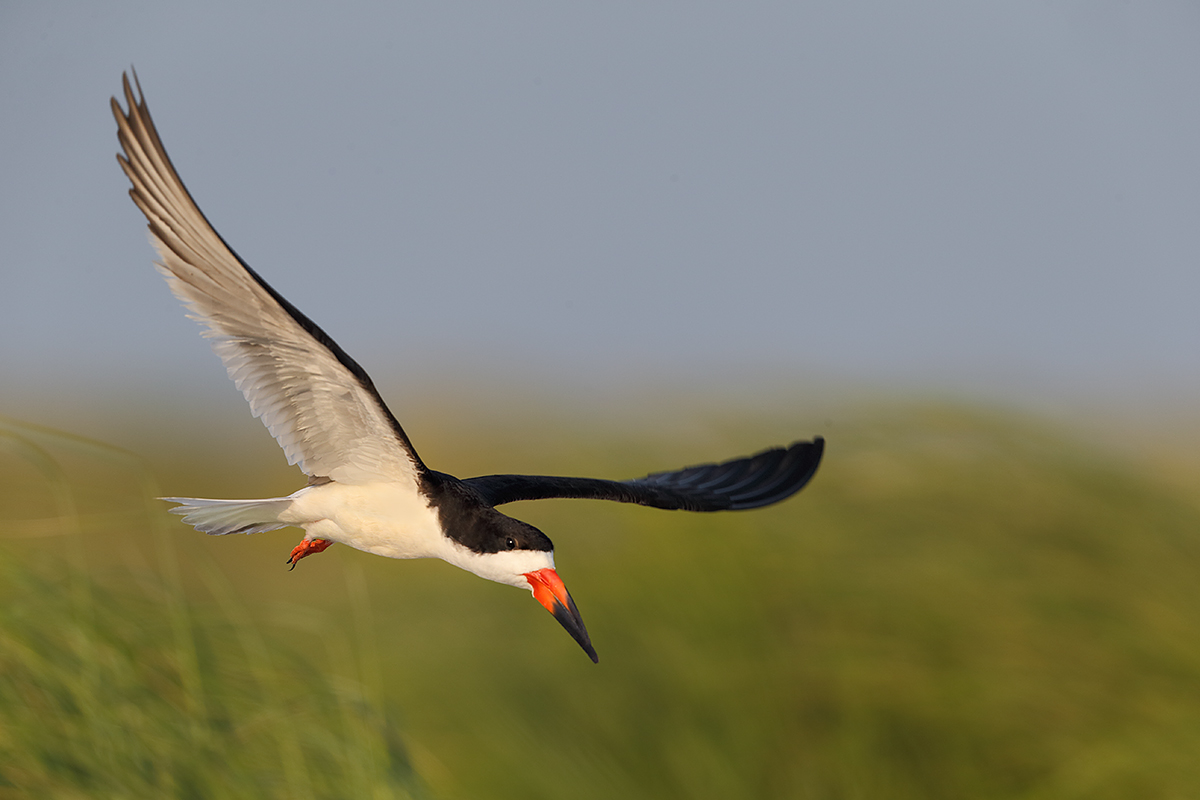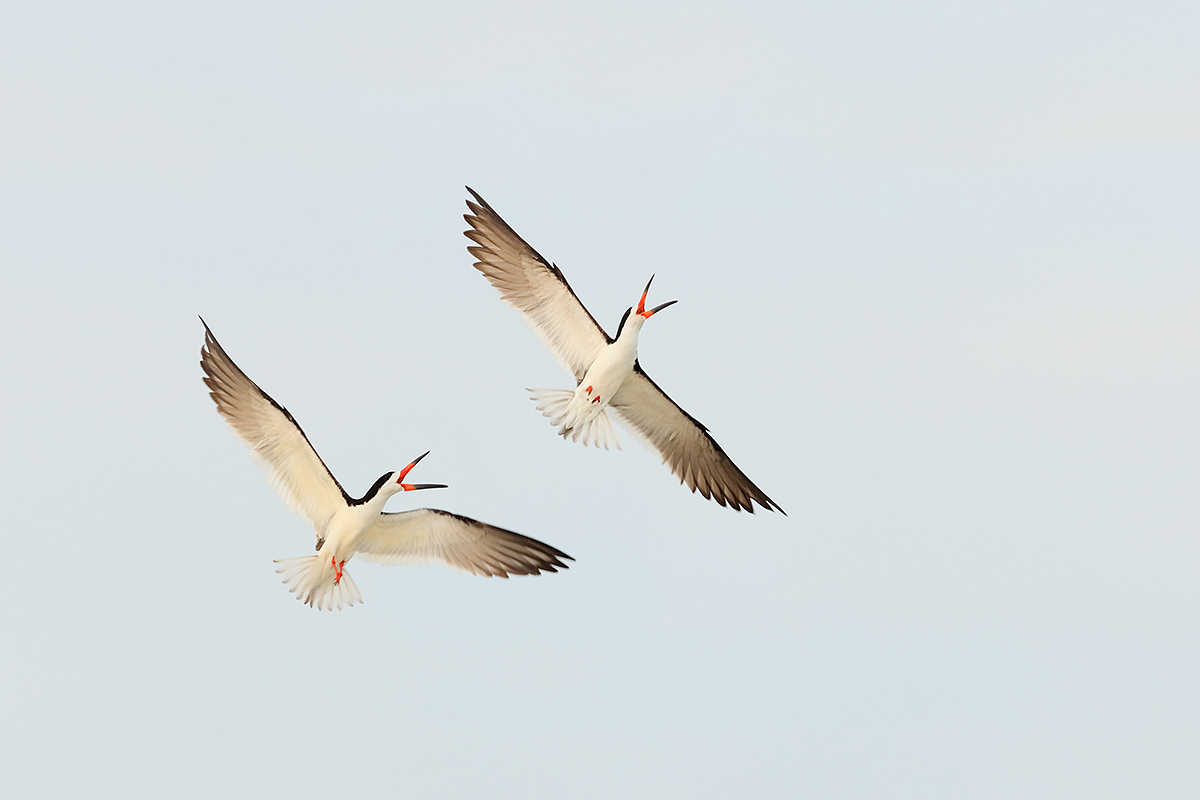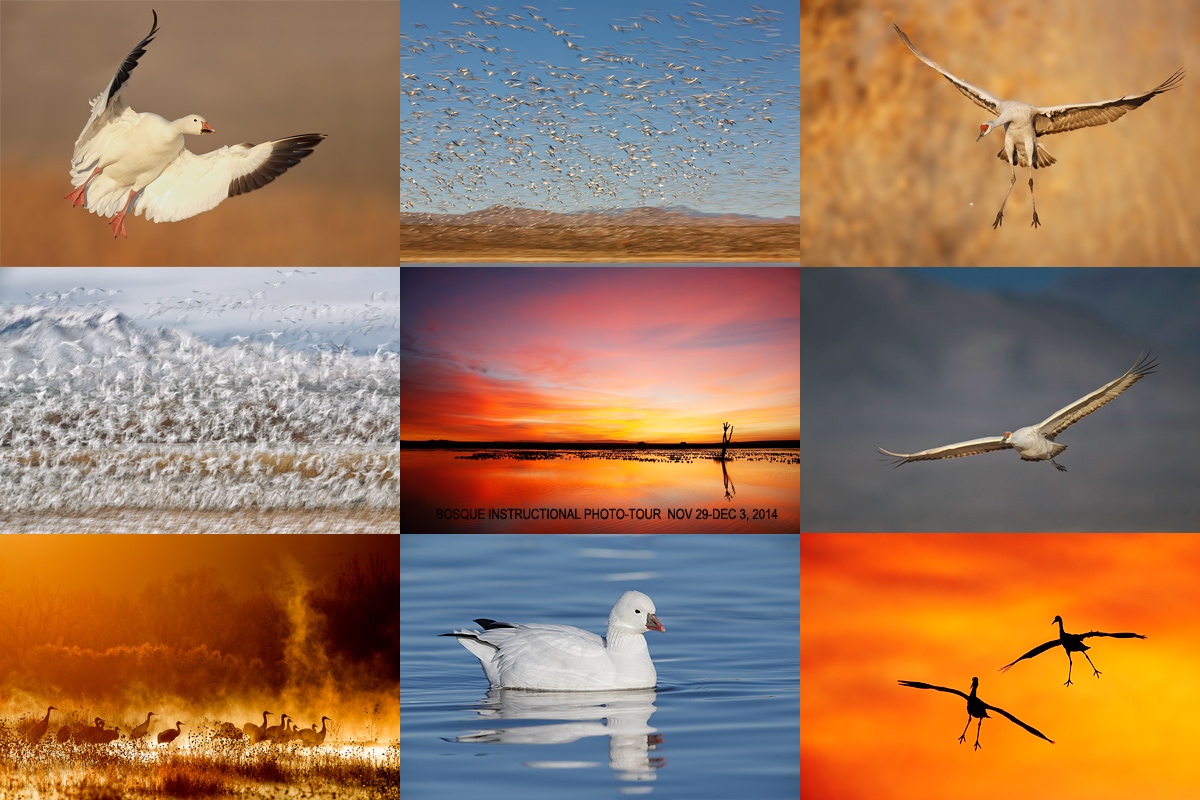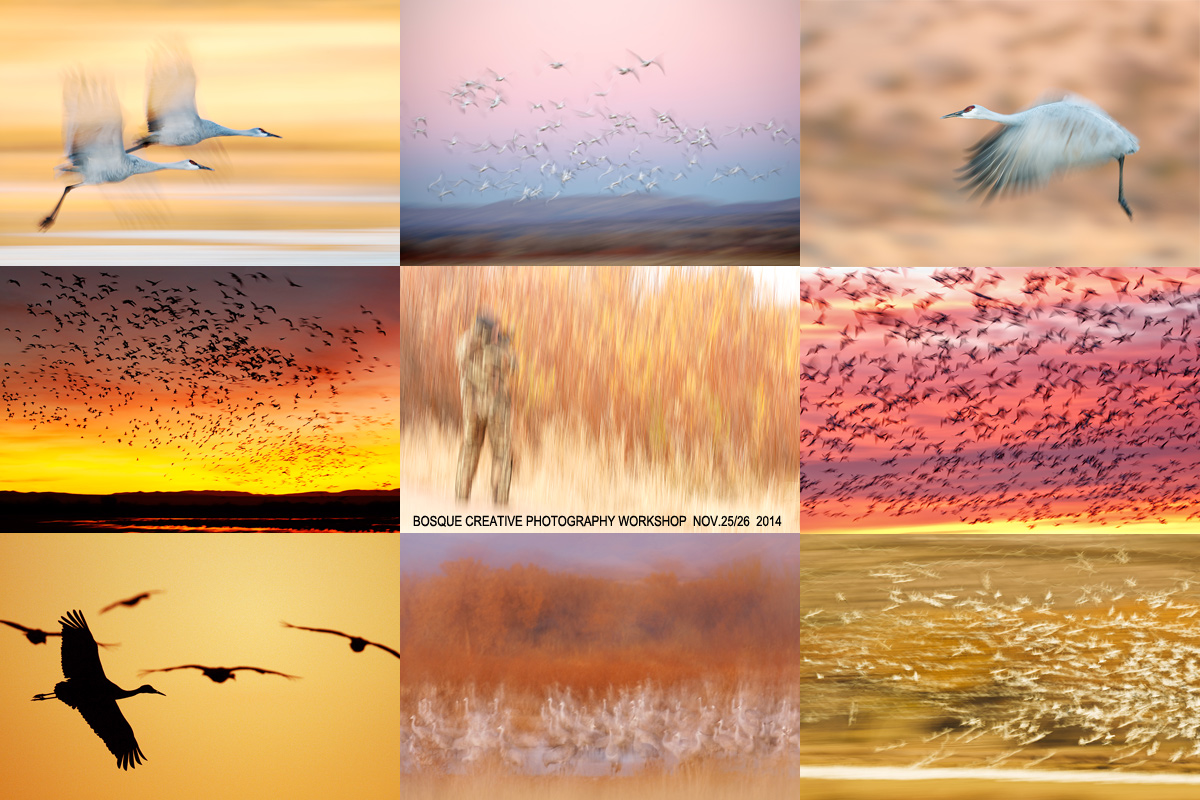The Streak Continues: 245
This post was published just after 8:00am from my Mom’s home in Holbrook, NY. I enjoyed another relaxing day here yesterday. I had a wonderful evening with long-time friend and Long Island photo buddy Tom Pfeifer. See “An Evening with the Bluebeats” immediately below. This post, which took me more than 3 hours to prepare, marks 245 consecutive days with a new enjoyable and educational blog post.
With so many folks getting in the habit of using our B&H links and our Amazon logo-links, why quit now? April, May, and June were fantastic. July was good. Lots of folks are getting the message: using my affiliate links does not cost you a penny and helps support my efforts here. To show your appreciation, I do ask that you use our B&H and Amazon affiliate links on the right side of the blog for all of your purchases. Please check the availability of all photographic accessories in the BIRDS AS ART Online Store, especially Gitzo tripods, Wimberley tripod heads, and the like. We sell only what I have used and tested, and know that you can depend on. We will not sell you junk. We know the tools that you need to make creating great images easy and fun. And we are always glad to answer your gear questions via e-mail.
You can find the following items in the store: Gitzo tripods, Mongoose M3.6 and Wimberley heads, plates, low feet, and accessories, flash brackets, , Delkin e-film Pro Compact Flash Cards, LensCoat products, and our unique line-up of educational materials including ABP I & II, Digital Basics, Site and Set-up e-Guides, Canon and Nikon Camera Users and AF e-Guides, and MP-4 Photoshop video tutorials among others.
I would of course appreciate your using our B&H affiliate links for all of your major gear, video, and electronic purchases. For the photographic stuff mentioned in the paragraph above we, meaning BAA, would of course greatly appreciate your business. Here is a huge thank you to the many who have been using our links on a regular basis and visiting the BAA Online store as well.
An Evening with the Bluebeats
Tom Pfeifer invited me to join him for an evening of music and fun and somewhat amazingly, I accepted. The evening began with a fine dinner at Skipper’s Pub down by the harbor in the quaint town of Northport, Long Island. We were joined by Tom’s wife Carleen, bird photographer Melissa Hahn & Joe Schmiemann, Tom and Carleen’s younger daughter Audrey & her friend Jess. Both of the fresh-faced young ladies are headed off to college next year.
The main course for the evening was the Ska/Rocksteady/Soul band, The Bluebeats. They were playing at a free event as part of the great Happenings on Main Street/Village of Northport program produced by Susan & Fred Richtberg. I had the pleasure of meeting the artistic directors Sandy & Steve Edwards. Ska, for those who like me never heard the term, is style of fast popular music having a strong offbeat and originating in Jamaica in the 1960s, a forerunner of reggae.
In short, the band was great. Lead vocalist and band leader Michael Drance was dynamic and sensational. His energy seemed limitless. Steve Prisco rocked on guitar. Mike and Steve go way back with Tom. The drummer Glenn Hackett got every number off to a great start and kept everyone in attendance either dancing or tapping their feet. His brother Jason Hackett on guitar was second in energy only to Mike. In third place was his very young daughter, perhaps 3 years old; she danced every number right up on stage with the band. Too cute. On keyboards were Ben Klingberg and the gorgeous Alison Tramontana whose smile and vocals lit up the entire park. Tom McGee, fabulous on bass guitar rounded out the group.
The band, from nearby Huntington, Long Island, is a local one. After the program I went up and thanked each member of the band for putting on such a great show. Each was genuinely appreciative. As Tom had said, “Just a bunch of good people having fun.” Amazed at the professional presentation I asked Mike’s son after the more than two hour show (in two sets) how often the band practiced. His answer, “Not as often as my Dad would like.”
In addition to the great music I was struck be the wonderful sense of community; it seemed as if everyone in attendance knew everyone else. Hugs and chatting ruled the evening. All in all I am glad that Tom invited me and even more glad that I went! You can hear some of The Bluebeats songs and learn a lot more about the band on their Reverb Nation page here.
|
This image was created on the Nickerson Baby Beach Nesting Birds IPT. I used the Gitzo 3532 LS carbon fiber tripod, the Mongoose M3.6 head, the Canon EF 600mm f/4L IS II USM lens, the Canon 1.4x EF Extender III (Teleconverter), and the Canon EOS-1D X. ISO 400. Evaluative metering +1 stop off the light blue sky 30 degrees up from the horizon at 6:37pm on a sunny afternoon with a touch of haze: 1/1600 sec. at f/6.3 in Manual mode. AWB. Though 61-point/AI Servo Rear Focus AF selected the sensor one to the left of the central sensor and that sensor was nowhere near the bird the image was sharp on the eye; Go figure? AF was of course active at the moment of exposure. Click on the image to see a larger version. Image #1: Black Skimmer On Final Approach
|
Sit or Stand?
In situations like the one above where beach nesting birds are landing near their nests in rather tall beach grass, the very best option is to sit behind your lowered tripod. Why? Acquiring focus with the subject against a sky background and then tracking the bird as the grass enters the bottom of the frame is far easier than acquiring focus with a grass background. While seated, the bird will be set against the sky far longer than when you are standing. In addition, if you do attempt to acquire focus with a grass background while seated the background will be that much farther from the subject than when standing thus making it easier to acquire focus and track the incoming subject.
To sum up, to photograph landing birds it is almost always best to sit on your butt. Make sure that the camera is right at face level and that you are comfortably seated close to your rig.
In situations like the one below where you are trying to photograph battling birds the very best option is to stand at full height behind your tripod. Why? Pointing the lens up while seated is far more difficult than pointing it up while standing tall. Make sure that the camera is at face level so that you do not have to stoop or bend over and make sure to take a comfortable stance close to your rig.
Summing up: in general it is best to sit for landing birds and to stand for battling birds (or for birds in flight above the horizon). A note on the latter: unless a bird is directly overhead it is almost always best not to photograph birds that are more than 30 degrees above the horizon…. Learn more on that on either of the Bosque IPTs.
|
This image was also created on the Nickerson Baby Beach Nesting Birds IPT at 4:41pm on a cloudy dark afternoon. For this one I used the Gitzo 3532 LS carbon fiber tripod, the Mongoose M3.6 head, the Canon EF 600mm f/4L IS II USM lens and the Canon EOS-1D X. ISO 1250. Evaluative metering +3 stops off the very light grey sky: 1/800 sec. at f/4 in Av mode. AWB. Central Sensor/AI Servo/Zone/AF as originally framed was active at the moment of exposure. More on Zone AF coming soon. Learn everything that I know about the great AF systems of the 1D X and 5D III (except about Zone AF) but including how to manage the various AF Area Selection Modes, when to use which one, and several ways to move the AF sensor around in the 1D X AF Guide and the 5D Mark III User’s Guide. Click on the image to see a larger version. Image #2: Black Skimmers Battling |
Vast Contrast in Getting the Right Exposure
When working at ISO 400 and photographing skimmers in flight right on light angle in full sunny conditions, that is, with the birds no more than 15 degrees on either side of your shadow, meter the sky 30 degrees above the horizon and add 1/3 or 2/3 stop, set that exposure manually, check and evaluate the histogram, and then go with one or the other until the light levels change. This method of determining a good exposure will usually result in the following settings: 1/2500 or 1/2000 sec. at f/8 in very bright sunlight, or 1/2000 or 1/1600 sec in bright sunlight. Again, all at ISO 400.
With image #1 a bit of haze led me to add one full stop of light to the reading off the sky in the less than full sunny conditions. A check of the histogram revealed a perfect exposure.
With image #2, I needed to add 3 full stops of light to the meter reading of the very light grey sky in order to reveal detail in the BLACKs while maintaining detail in the WHITEs. Adding either 2 2/3 or 3 full stops in white sky conditions works like a charm but only 100% of the time….
The Exposure Question!
Why do you add only as little as 1/3 stop of light when working with blue skies but need to add as much as 3 stops of light when working with white skies?
The sky is blue only when the sun is out at full strength. The sky is light grey or white only when it is cloudy or overcast. Here is what you need to know: when the sun is out at full strength the meters in our cameras are pretty smart. When it is cloudy or overcast, the meters in our cameras are very dumb; if you do not learn to add a ton of light in the latter conditions your images will be severely underexposed. Your image files will be smaller and will contain less detail. And when you lighten the images either during conversion or in Photoshop you will be increasing noise. That is why we learn to expose to the right.
The Photoshop Question!
One of the two images presented here is pretty right out of camera. The other is a digital fabrication. Which is which? Please let us know why you made your choice and what type of alterations I made to the doctored image.
Your Favorite?
Please take a moment to leave a comment and let us know which of the two images here is your favorite. And do let us know why you made your choice.
Mastering Digital Exposure
Learning to master digital exposure is easy. Simply study the chapter on Exposure in the original The Art of Bird Photography (soft cover) and then follow that up by learning the material in the “Exposure Simplified” section of The Art of Bird Photography II (ABP II: 916 pages, 900+ images on CD only) and you will be able to come up with a very good exposure 100% of the time when you have a subject in the same light for more than 10 seconds…. It’s that simple.
Best news: buy both and save $10 here.
Join Denise Ippolito and me for four great days of photography and learning at one of our soul places. Please click on the card to enjoy a larger version.
Bosque del Apache 2014 BIRDS AS ART/A Creative Adventure Instructional Photo-Tour (IPT). NOV 29 (afternoon photo session)-DEC 3 (morning session), 2014. Totaling 4 FULL-DAYS: $1449. Leaders: Arthur Morris and Denise Ippolito. Introductory Slide program: 7:00pm on Saturday 11/29.
1 opening due to a recent cancellation
Tens of thousands of Snow Geese, 10,000 Sandhill Cranes, ducks, amazing sunrises, sunsets, and blast-offs. Live, eat, and breathe photography with two of the world’s premier photographic educators at one of their very favorite photography locations on the planet. Top-notch in-the-field and Photoshop instruction. This will make 21 consecutive Novembers at Bosque for artie. This will be denise’s 6th workshop at the refuge. Nobody knows the place better than artie does. Join us to learn to think like a pro, to recognize situations and to anticipate them based on the weather, especially the sky conditions, the light, and the wind direction. Every time we make a move we will let you know why. When you head home being able to apply what you’ve learned on your home turf will prove to be invaluable.
This workshop includes 4 afternoon (11/29 through 12/2), 4 morning (11/30 to 12/3) photography sessions, an inspirational introductory slide program after dinner on your own on Saturday, 11/29, all lunches, and after-lunch digital workflow, Photoshop, and image critiquing sessions.
There is never a strict itinerary on a Bosque IPT as each day is tailored to the local conditions at the time and to the weather. We are totally flexible in order to maximize both the photographic and learning opportunities. We are up early each day leaving the hotel by 5:30 am to be in position for sunrise. We usually photograph until about 10:30am. Then it is back to Socorro for lunch and then a classroom session with the group most days. We head back to the refuge at about 3:30pm each day and photograph until sunset. We will be photographing lots of Snow Geese and lots of Sandhill Cranes with the emphasis on expanding both your technical skills and your creativity.
A $449 non-refundable deposit is required to hold your slot for this IPT. Your balance, payable only by check, will be due on 7/25/2014. If the trip fills, we will be glad to apply a credit applicable to a future IPT for the full amount less a $100 processing fee. If we do not receive your check for the balance on or before the due date we will try to fill your spot from the waiting list. If your spot is filled, you will lose your deposit. If not, you can secure your spot by paying your balance.
Please print, complete, and sign the form that is linked to here and shoot it to us along with your deposit check (made out to “Arthur Morris.”) You can also leave your deposit with a credit card by calling the office at 863-692-0906. If you register by phone, please print, complete and sign the form as noted above and either mail it to us or e-mail the scan. If you have any questions, please feel free to contact me via e-mail.
Join Denise Ippolito and me for two great days of photography, fun, and learning at one of our soul places. We will surely be taking you out of the box on this workshop. Please click on the card to enjoy a larger version.
Bosque del Apache 2014 A Creative Adventure/BIRDS AS ART “Creative Photography Instructional Photo-Tour.” (IPT). NOV 24-25, 2014. 2-FULL DAYS: $729. Leaders: Denise Ippolito & Arthur Morris. Introductory Slide program: 7:00pm on Sunday 11/23.
Get Out of Your Box!
The Creative Bosque IPT is perfect for folks who want to learn to think outside the box, to create new and different images. This workshop is the perfect add-on for folks who are planning on attending the Festival of the Cranes. Learn to unleash your creative juices at the wondrous Bosque del Apache National Wildlife Refuge in San Antonio, New Mexico with two great leaders including the amazingly talented and creative Denise Ippolito. In-the-field instruction will include tips on gear set-up, on creating a variety of pleasing blurs, on getting the right exposure, and on designing pleasing images. And lots more. From vertical pan blurs to subject motion blurs to zoom blurs to multiple exposures we will cover it all. If conditions are perfect, we will not hesitate to take advantage of them to do some traditional bird photography. This workshop will include an inspirational introductory slide program on Sunday evening, 11/23, after dinner on your own, two morning and two afternoon photography sessions, all lunches, a digital workflow and Photoshop session after lunch on Monday, and an image critiquing session after lunch on Tuesday.
A $329 non-refundable deposit is required to hold your slot for this IPT. Your balance, payable only by check, will be due on 7/25/2014. If the trip fills, we will be glad to apply a credit applicable to a future IPT for the full amount less a $100 processing fee. If we do not receive your check for the balance on or before the due date we will try to fill your spot from the waiting list. If your spot is filled, you will lose your deposit. If not, you can secure your spot by paying your balance.
Please print, complete, and sign the form that is linked to here and shoot it to us along with your deposit check (made out to “Arthur Morris.”) You can also leave your deposit with a credit card by calling the office at 863-692-0906. If you register by phone, please print, complete and sign the form as noted above and either mail it to us or e-mail the scan. If you have any questions, please feel free to contact me via e-mail.
Be sure to like and follow BAA on Facebook by clicking on the logo link upper right. Tanks a stack!
Support the BAA Blog. Support the BAA Bulletins: Shop B&H here!
We want and need to keep providing you with the latest free information, photography and Photoshop lessons, and all manner of related information. Show your appreciation by making your purchases immediately after clicking on any of our B&H or Amazon Affiliate links in this blog post. Remember, B&H ain’t just photography!
Amazon Canada
Many kind folks from north of the border, ay, have e-mailed stating that they would love to help us out by using one of our affiliate links but that living in Canada and doing so presents numerous problems. Now, they can help us out by using our Amazon Canada affiliate link by starting their searches by clicking here. Many thanks to those who have written.
Typos
In all blog posts and Bulletins, feel free to e-mail or to leave a comment regarding any typos, wrong words, misspellings, omissions, or grammatical errors. Just be right. 🙂


















Both images look fantastic, but I prefer the first one. The intimate close-up, the glare in the eye, the position of the wings, and the dual-color background bring this image together for me.
I also think the first image is the one out-of-camera. Over the birds left wing tip looks to me like a dust spot from your camera. Or maybe it’s an out of focus bug, but I know your style of editing, and you would have removed that spec in Photoshop. Which means the second image could be the photoshop image, but I honestly can’t tell the difference. Your photoshop skills are great, I don’t see any tampering in either image.
Keep up the posts Mr. Morris, you continue to inspire with your photography.
Meter off the sky & add ⅓-⅔ of a stop for a correct manual exposure. So, what compass point are you facing when you do this—E, N, W or S?
No compass point. I just keep the sun behind me. Always point your shadow at the subject….
Thanks for clarifying that. I remember reading somewhere that one should meter off the sky @ 30˚above the horizon facing N. Have you ever used your hand as a grey card by taking a meter reading off your hand & then reduced that reading by 1 stop?
YAW. As the sun is usually somewhere in the south I am sure that I am often pointing the lens somewhere to the north. Using your hand as a grey card is not done easily with a long lens :). My system works well for me. And the last time that I checked the sky is always available. There are many other options and all work well as long as you understand exposure theory (as detailed in ABP) and your camera’s meter. artie
Hi Arthur,
Despite not having any camera gear at the moment, I look forward to your daily bulletin. I am fortunate to be able to explore the world with you. I am very happy you went out and enjoyed friends and music. You work so hard and have certainly earned some down time. Enjoying live music with friends has been a life-long source of enjoyment for me, even now as an old fart.
Keep up the wonderful work.
Mike, I’m sure this is right out of Artie’s camera. This is a common skimmer behavior and, while you really have to be on your toes to track them, you can get some really great aerial dispute shots. I even have a few where the birds actually made contact.
Hi Art, thanks for keeping up these educational and informative blog posts despite all the reasons that a person with less commitment would have to justify breaking the string.
In the section entitled “Vast Contrast in Getting the Right Exposure”, you mention the shutter speeds that would result at f/8, but omitted the ISO. I am quite sure you meant to state ISO 400.
You are welcome and most correct. I think in ISO 400 and assume that everyone else does too 🙂 I shall fix it now. a
I’m thinking that the shot of the 2 skimmers is really the same bird, one copied and pasted into the other frame.
Please clarify: are you saying that this is a composite made from two images of the same bird?
Yes, that’s my guess.
Thanks. But the wrong answer. There were two different birds in each frame of a sequence. artie